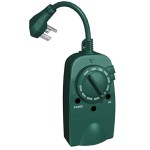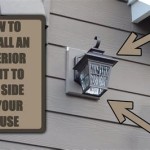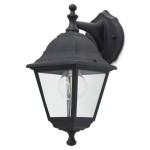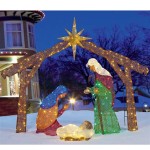Essential Aspects of Outdoor Lighting Level Standards
Proper outdoor lighting is crucial for ensuring safety, enhancing visibility, and creating a visually appealing environment. To achieve this, it's essential to adhere to well-defined lighting level standards. These standards provide guidelines for the appropriate amount of illumination for different outdoor areas, ensuring optimal functionality and avoiding excessive glare and light pollution.
Importance of Outdoor Lighting Level Standards
Outdoor lighting level standards play a vital role in several aspects:
- Safety: Adequate lighting reduces the risk of accidents and improves visibility for pedestrians, cyclists, and motorists.
- Security: Well-lit areas deter crime and make it easier to identify potential threats.
- Visibility: Standards ensure that outdoor spaces are adequately illuminated for essential activities such as walking, driving, and playing.
- Aesthetics: Proper lighting enhances the visual appeal of outdoor areas, creating a welcoming and inviting ambiance.
- Light Pollution Reduction: Standards help minimize excessive light emission, reducing glare and preserving the night sky for astronomical observations.
Key Considerations for Outdoor Lighting Level Standards
When establishing outdoor lighting level standards, several key factors are considered:
- Area Type: Different areas have specific lighting needs, such as roadways, sidewalks, parking lots, and recreational spaces.
- Activity Level: The level of illumination depends on the primary activities that take place in the area.
- Time of Day: Lighting requirements vary depending on the time of day, with higher levels needed at night.
- Glare Control: Standards aim to minimize glare to prevent discomfort and eye strain.
- Light Spill: Standards control the amount of light emitted beyond the intended area to reduce light pollution.
Types of Outdoor Lighting Level Standards
Various organizations and authorities establish outdoor lighting level standards. Some common standards include:
- International Commission on Illumination (CIE): CIE publishes international guidelines for lighting levels in various outdoor environments.
- Illuminating Engineering Society of North America (IESNA): IESNA provides recommendations for lighting levels in North America.
- Local Authorities: Many municipalities and cities have their own lighting ordinances that set local standards.
Conclusion
Adhering to outdoor lighting level standards is essential for creating safe, functional, and visually appealing outdoor environments. By considering key factors such as area type, activity level, and glare control, standards ensure that outdoor spaces are illuminated appropriately while minimizing light pollution and preserving the night sky. By following these guidelines, we can create a balanced and harmonious outdoor lighting environment that meets the needs of both humans and wildlife.

Common Outdoor Light Levels At Day And Night Table

Brief Guide To Lighting Levels

Residential Recommended Lighting Levels Super Bright Leds

Proposed Measurable Standards For Outdoor Lighting By Zone Table

Brief Guide To Lighting Levels

Factor Four Outdoor Led Lighting Retrofit

Everything You Need To Know About Outdoor Led Lighting

Outdoor Lighting Guide Delmarfans Com

What Are The Lighting Standards Of Soccer Field

Health Lighting How To Design Hospital
Related Posts







